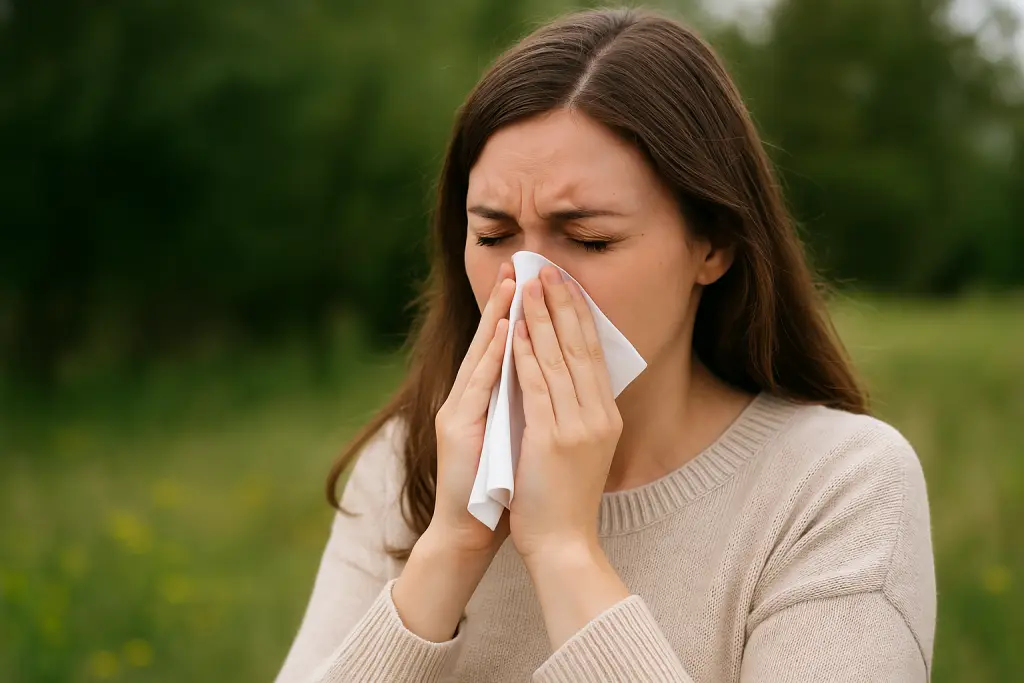Seasonal allergies, also known as allergic rhinitis, affect millions of people each year. If you’ve ever wondered about the official ICD 10 code for seasonal allergies, it is J30.2. This code is billable and specific, meaning it can be used by healthcare providers for diagnosis, medical records, and insurance reimbursement purposes. The 2025 edition of ICD-10-CM J30.2 became effective on October 1, 2024, and it remains the standard code for seasonal allergic rhinitis in the United States.
What Is ICD-10 Code J30.2?
The ICD-10 code J30.2 stands for Other seasonal allergic rhinitis. It covers diagnoses such as seasonal allergies, seasonal rhinitis, and hay fever caused by environmental triggers like pollen, grass, or mold spores. According to the ICD-10-CM classification:
- J30 – Vasomotor and allergic rhinitis
- J30.2 – Other seasonal allergic rhinitis
This code is grouped under respiratory diseases (J00–J99) and is essential for proper clinical documentation and reimbursement.
When Does Allergy Season Start and End?
Many people ask, when does allergy season start? In most parts of the U.S., allergy season begins in early spring, typically around February or March, when trees start releasing pollen. Grass pollen follows in late spring to early summer, and weed pollen peaks in late summer and fall.
So, when does allergy season end? Generally, allergy season tapers off by late fall, around October or November. However, the exact timing depends on where you live:
- When does allergy season end in California? – In California, pollen season can last longer because of the mild climate, sometimes extending into December.
- When does allergy season end in Florida? – Florida’s warm, humid weather means allergy season can last nearly year-round, with high pollen counts especially in spring and summer.
How Long Do Seasonal Allergies Last?
If you’re wondering, how long do seasonal allergies last, the answer depends on your triggers. For example:
- Tree pollen allergies may last from early spring to late spring.
- Grass pollen can cause symptoms for 6–8 weeks in summer.
- Weed pollen, like ragweed, typically affects people in late summer through fall.
Some individuals may experience symptoms for months if they are sensitive to multiple allergens across different seasons.
Common Symptoms of Seasonal Allergies
Seasonal allergies are more than just sneezing and watery eyes. They can affect your overall health and comfort. Common questions include:
- Can seasonal allergies cause sore throat? – Yes, postnasal drip from allergies often irritates the throat, leading to soreness.
- Can seasonal allergies cause hives? – In some cases, allergies may trigger hives or skin rashes due to histamine release.
- Can seasonal allergies cause itchy skin? – Yes, itchy skin or eczema flare-ups can be linked to seasonal allergens.
Example Case
Imagine someone in Florida who suffers from itchy eyes, runny nose, and a sore throat every spring and summer. Their doctor diagnoses them with seasonal allergic rhinitis and records the diagnosis using the ICD 10 code for seasonal allergies (J30.2). This ensures accurate documentation and proper insurance billing.
Final Thoughts
Seasonal allergies can be frustrating, but understanding the ICD-10 code for seasonal allergies (J30.2) helps patients and providers communicate clearly. If you’re struggling with symptoms, track when they occur—knowing when allergy season starts and when allergy season ends in your area can help you prepare. Whether you live in California, Florida, or anywhere else, allergy management starts with awareness and accurate diagnosis.
Reference: 2025 ICD-10-CM Diagnosis Code J30.2, effective October 1, 2024.

